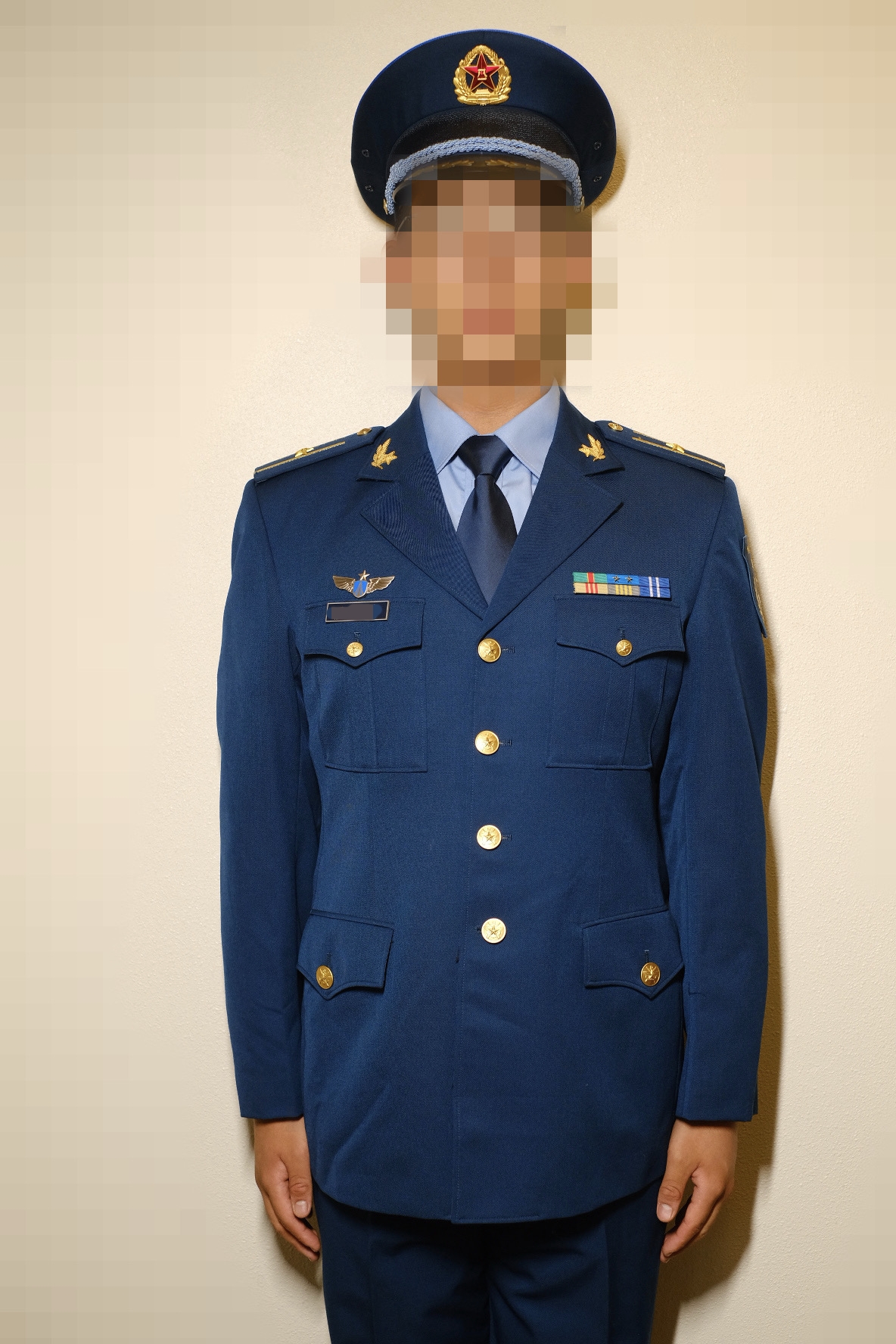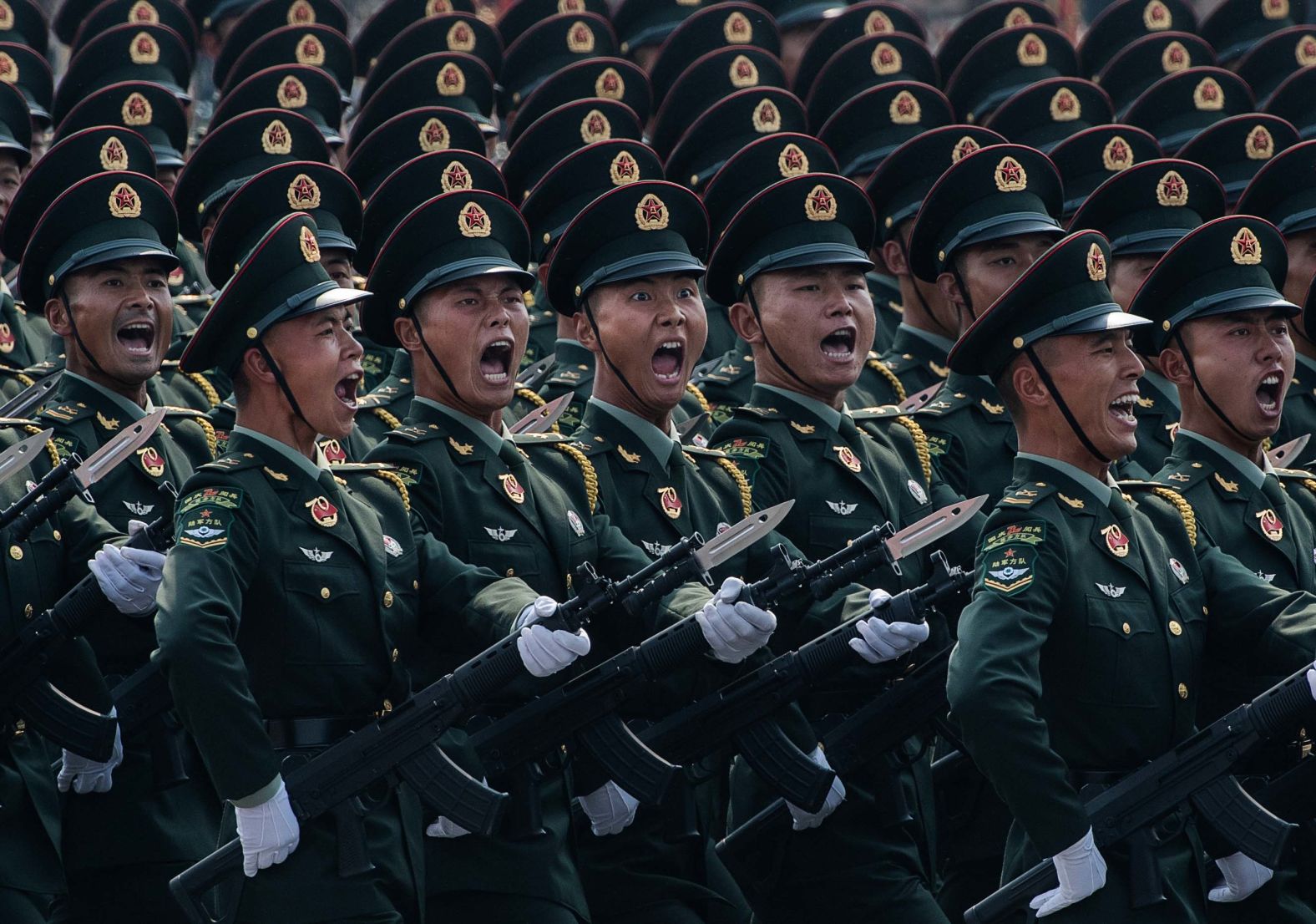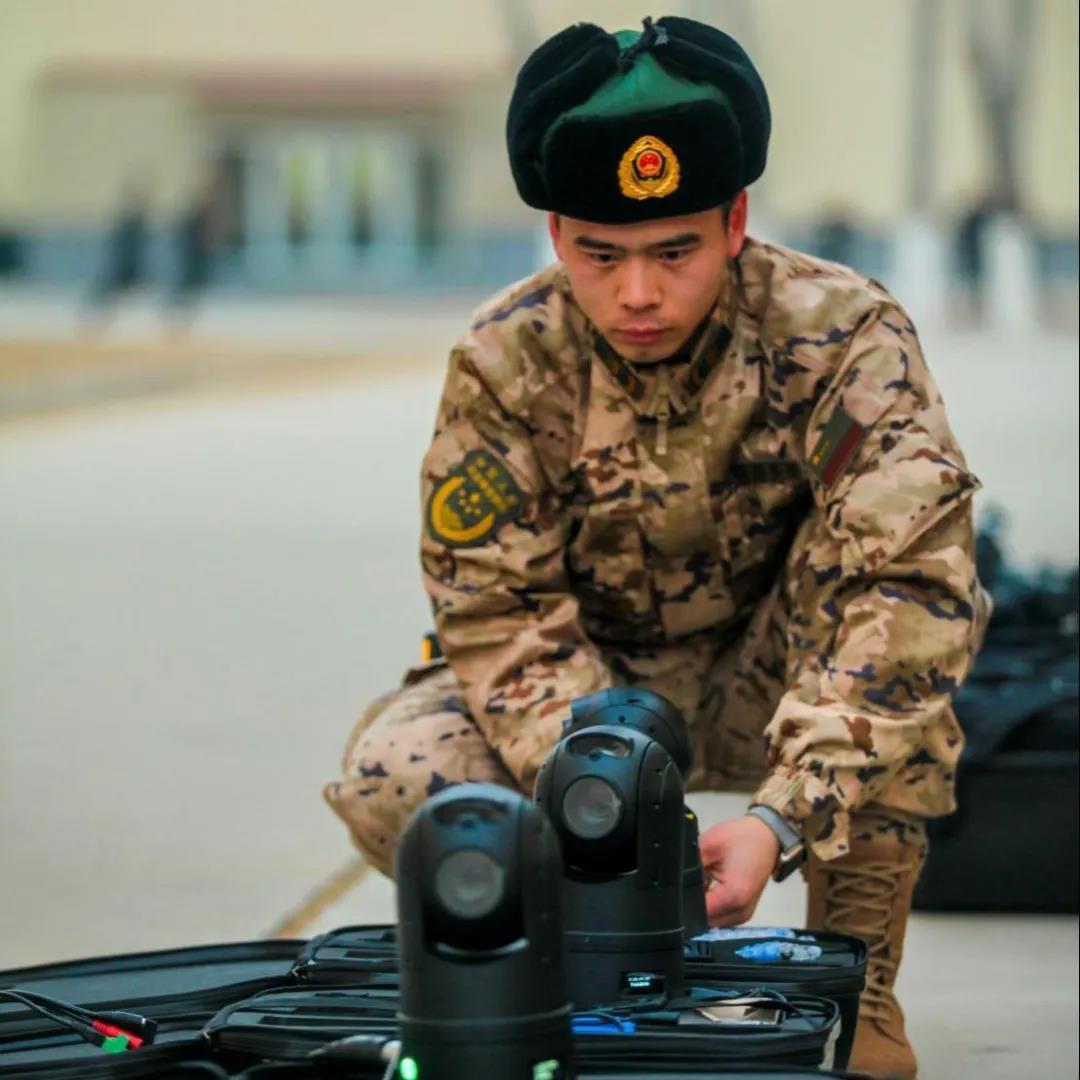Apparels and Military Uniforms - Type 55 and Historical Context
The establishment of military uniforms in the People’s Republic of China (PRC) reflected the country’s political and military evolution. After the PRC’s founding in 1949, the People’s Liberation Army (PLA) initially retained modified versions of pre-1949 uniforms, blending practicality with revolutionary simplicity. The Type 50 uniform (1950) introduced standardized designs but remained heavily influenced by wartime needs.
The Type 55 uniform (1955) marked a major shift, adopting Soviet-style elements—such as stand-up collars, four pockets, and rank insignia—as China aligned with Soviet military doctrine. This uniform symbolized modernization and professionalization, distinguishing officers and enlisted personnel. However, by the 1960s, Sino-Soviet relations soured, and the PLA abandoned Soviet-inspired ranks, leading to the simpler Type 65 uniform. The Type 55 remains a key milestone in PLA uniform history, representing an era of Soviet influence and early standardization.
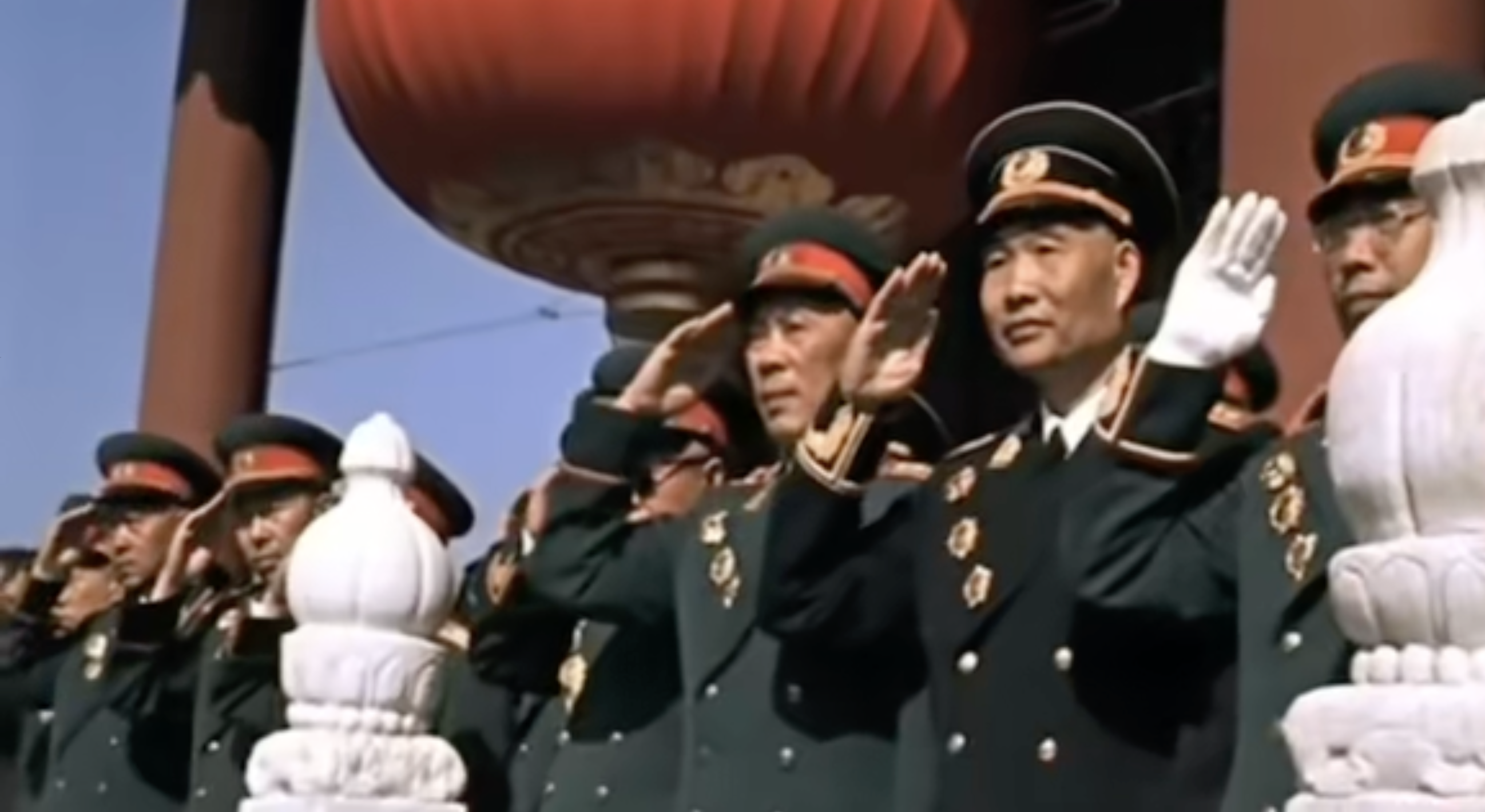
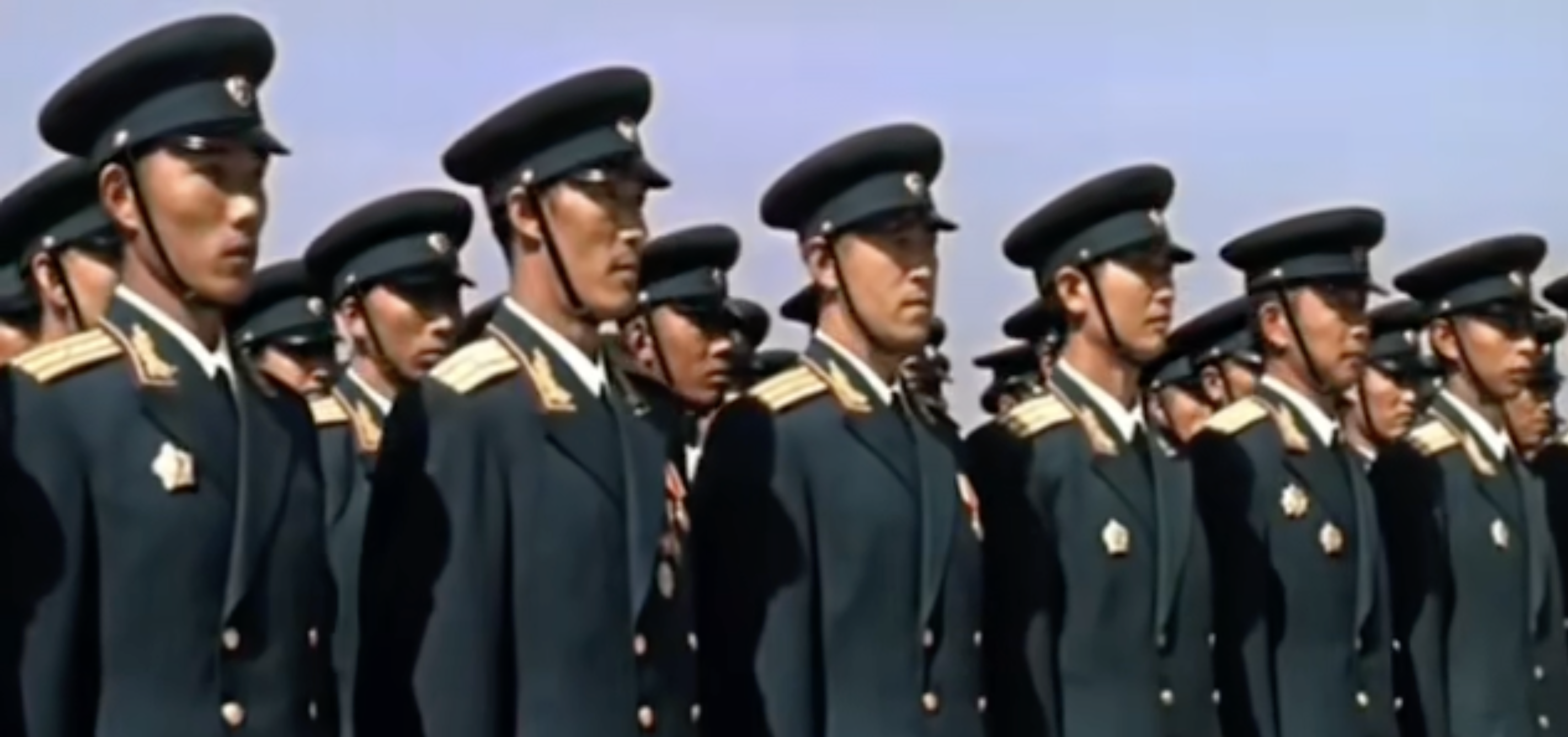
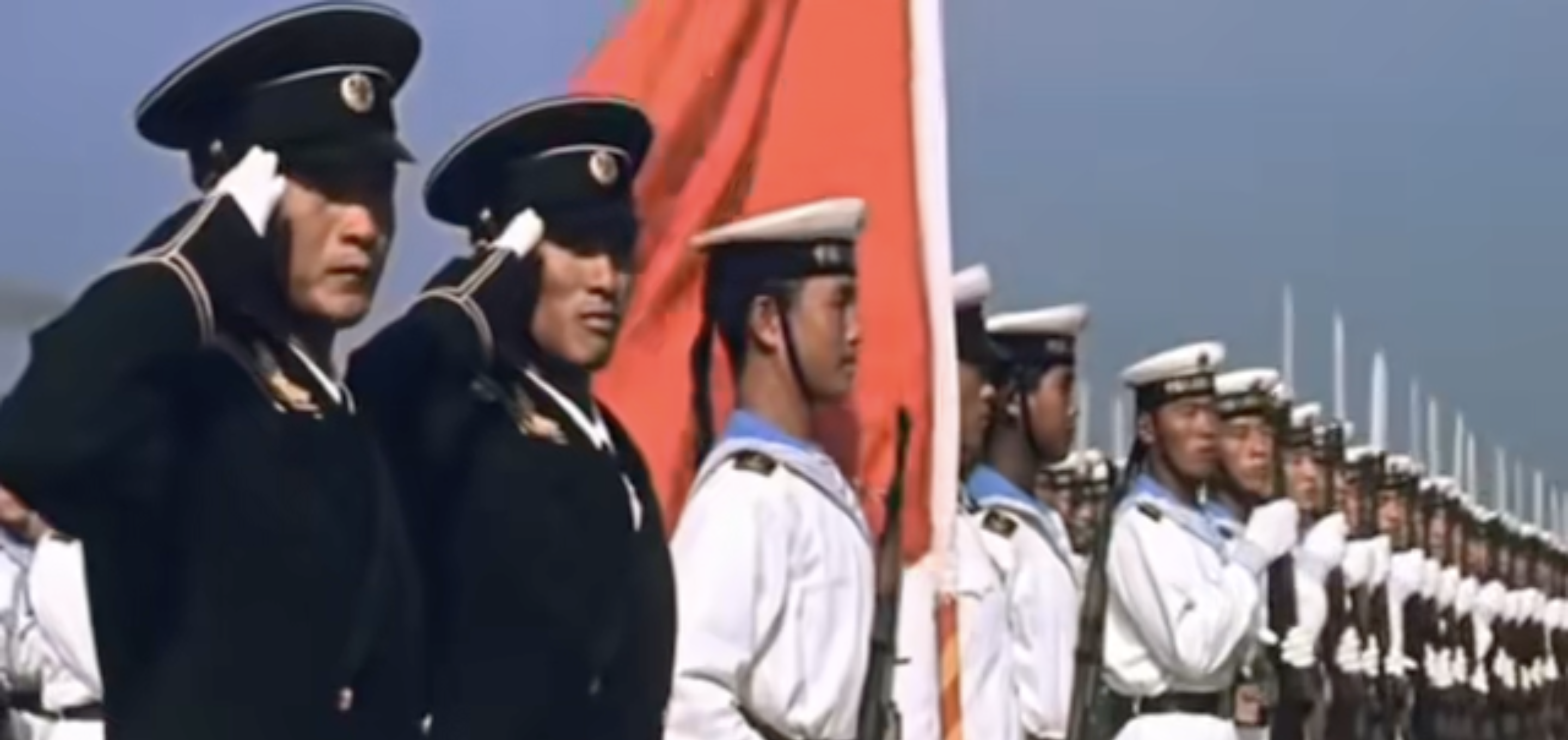
Apparels and Military Uniforms - Type 65
"The current rank system is incompatible with our army’s traditions of equality between officers and soldiers... It is hereby abolished as of June 1, 1965."--- "Decision on the Abolition of the Military Rank System in the Chinese People's Liberation Army" (Adopted at the Ninth Session of the Standing Committee of the Third National People's Congress on May 22, 1965)
The Type 65 uniform was formally standardized in 1965 (hence its name), and perhaps its most distinct characteristic is that the Type 65 uniform abolished all military ranks. The only distinguishing feature in the uniform was that the soldiers’ shirt had only two pockets (at the chest), while the officers’ shirt had four pockets (two at the chest level and two above the waist). During the time when the Type 65 uniform was in use (1965-1985), military commanders were known by the forces they commanded, such as “platoon commander,” instead of a formal military rank, such as “lieutenant.”
The Type 65 uniform also represents, beyond its military applications, a significant instance of utilitarian garment design implemented for widespread civilian use. Its introduction marked a deliberate shift towards sartorial standardization, characterized by durable cotton fabric in khaki or green, a functional four-pocket configuration, and a simple, robust cut. This design was optimized explicitly for mass production and practicality, intended to serve reliably across diverse occupations and variable climates. The uniform's fundamental characteristics prioritized resilience and straightforward functionality above aesthetic considerations.
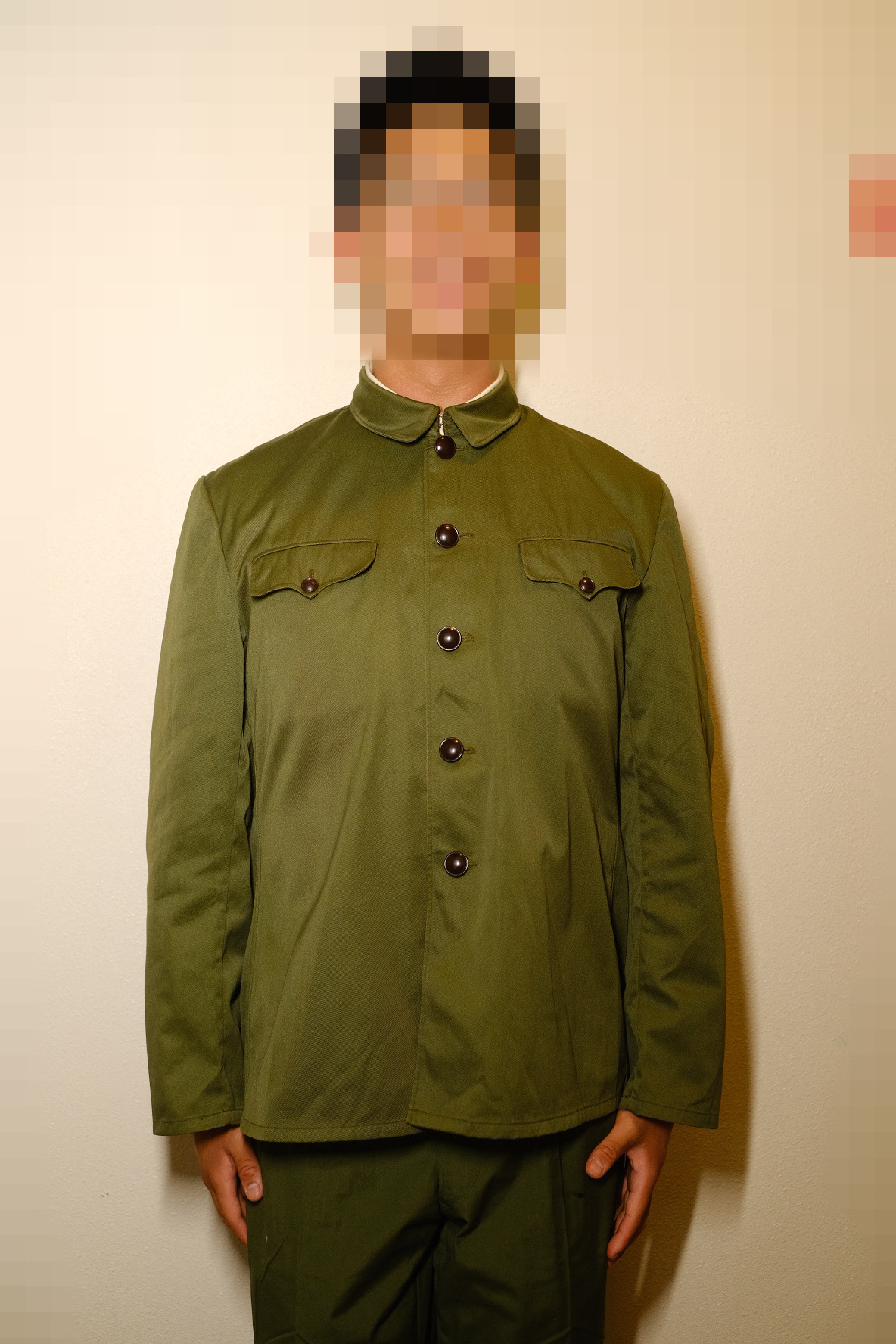
Transcending its initial purpose, the Type 65 became deeply embedded within the fabric of daily life for a substantial segment of the populace during its period of prevalence. Its reception was largely defined by widespread adoption, driven primarily by compelling factors of affordability, accessibility, and proven suitability for the demands of routine work and everyday activities. Consequently, the Type 65 functioned not merely as common attire but also as a widespread visual marker of its era. Its near-ubiquity in daily settings reflected prevailing societal priorities emphasizing resilience and functional necessity within everyday dress, effectively meeting immediate material needs for durability and practicality on a broad scale. Its everyday presence underscored its role as a core element of common workwear and casual public attire.
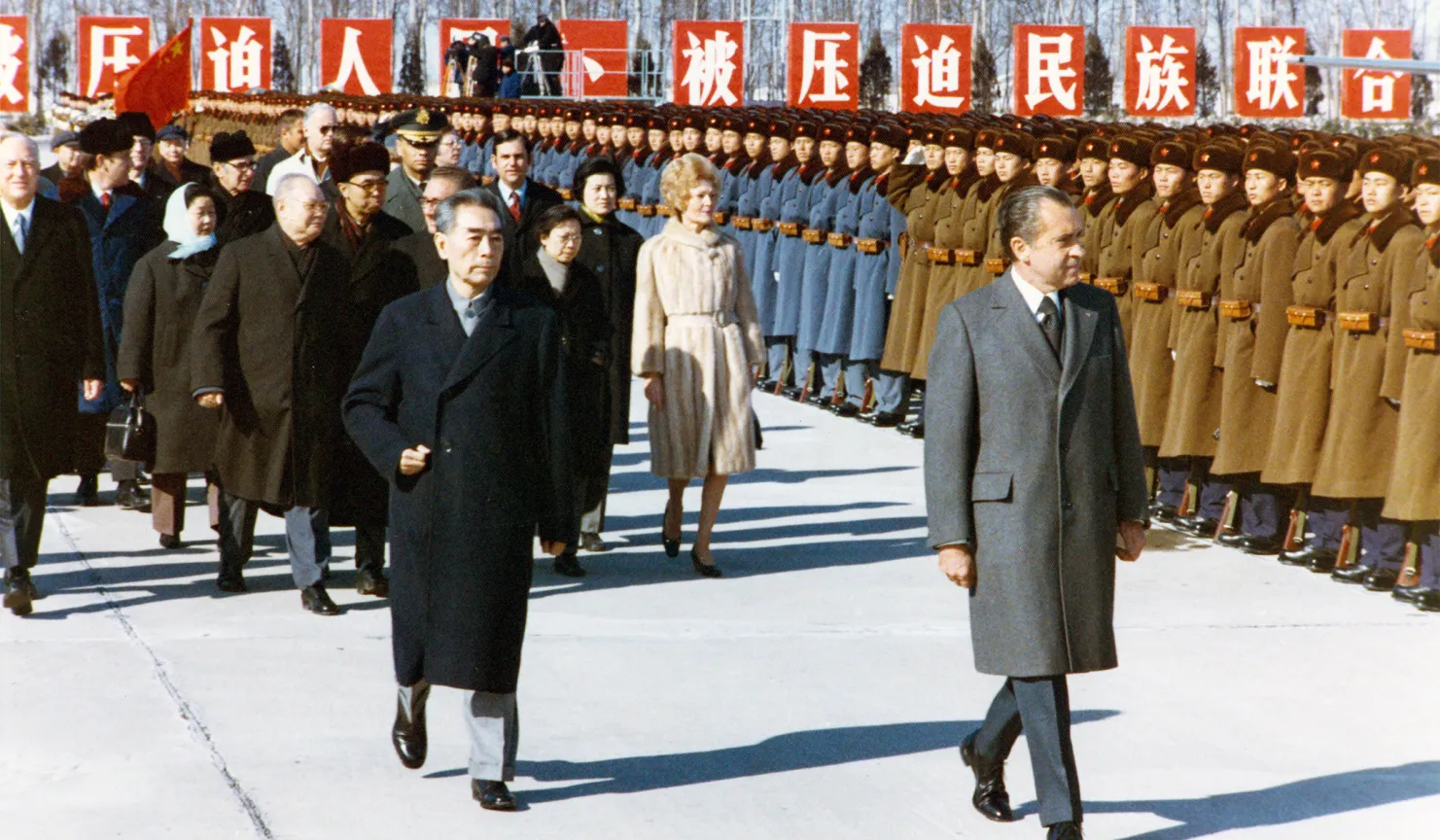

Apparels and Military Uniforms - Type 87
The transition marked by the Type 85 regulations and the subsequent Type 87 uniform (formally adopted in 1988) represented a profound shift in both military structure and material philosophy, moving decisively away from the era symbolized by uniforms like the Type 65.
The most significant ideological change was the formal reintroduction of military ranks, culminating in their full display on the Type 87 uniform. This ended a decades-long period where overt rank insignia were abolished, reflecting an earlier emphasis on collective equality within the armed forces. The Type 87, with its distinct rank epaulettes, collar insignia denoting branch of service, and variations for officers and enlisted personnel, embodied a clear move towards institutional hierarchy and professional differentiation. This re-established sartorial stratification signified a departure from the principle of absolute visible equality, prioritizing a structured, professional military command system deemed necessary for modernization and complex warfare. It signaled an aligning with global military practice and internal organizational needs.
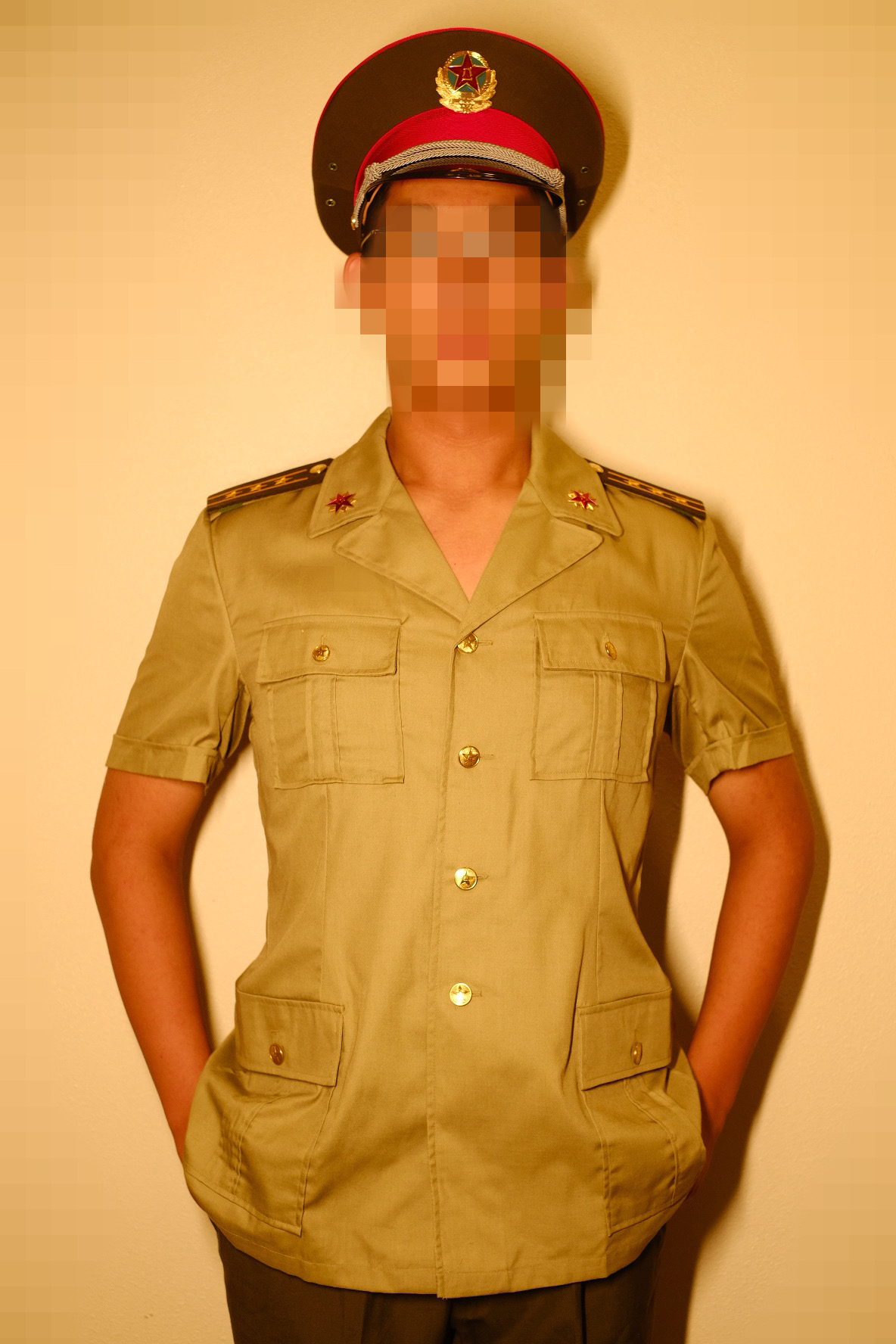
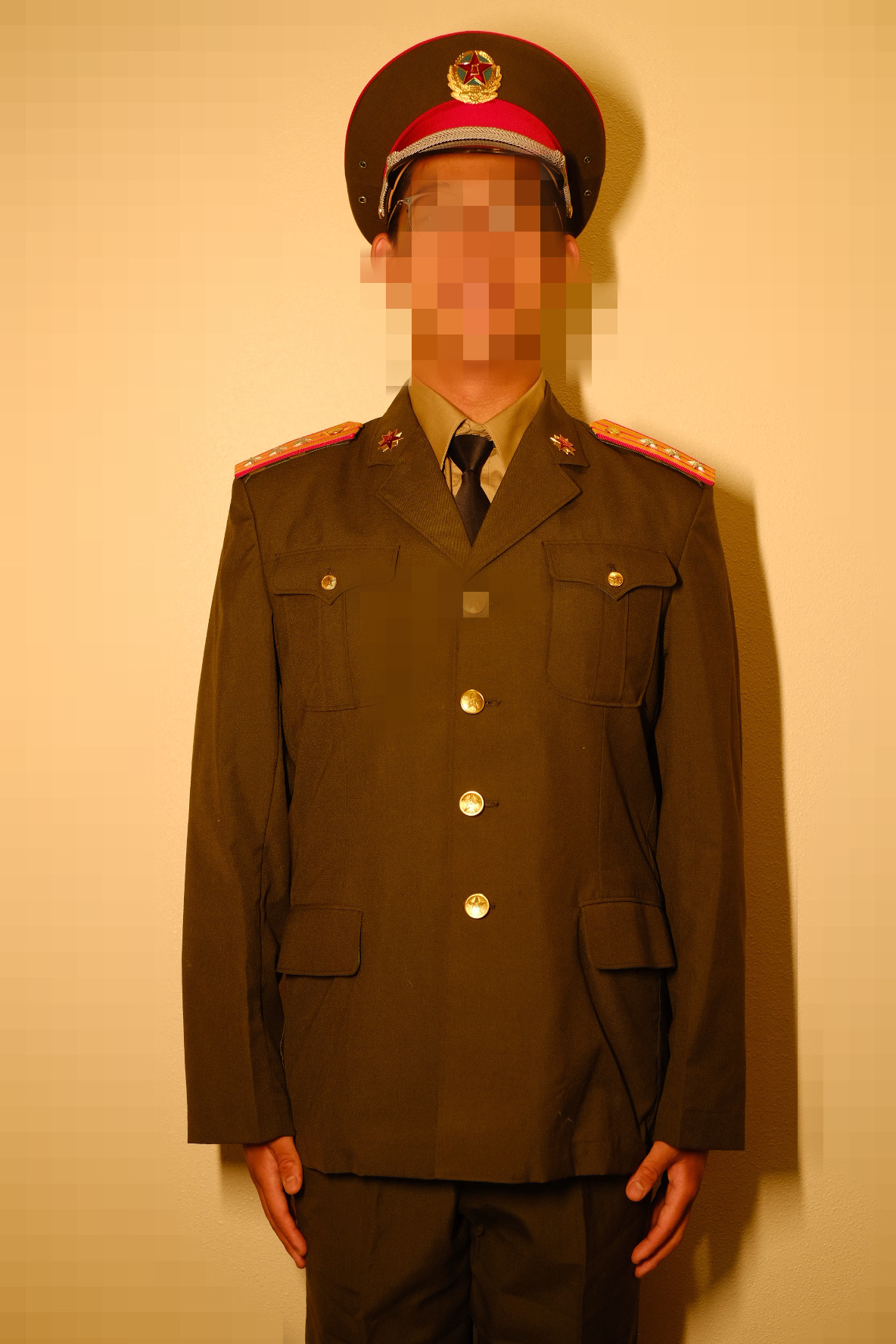
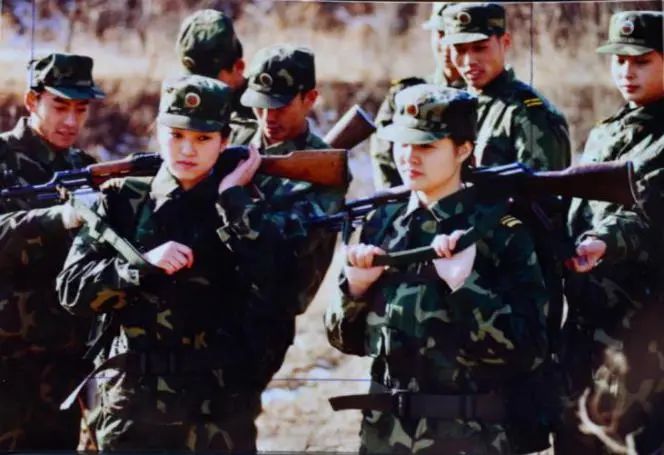
Concurrently, the Type 87 showcased major advancements in materials and construction. Moving beyond the basic cotton of predecessors, it incorporated synthetic blends like polyester-wool for improved durability, wrinkle resistance, and a smarter appearance. The cut became more tailored, offering a better fit and a more formal military bearing. Features like higher-quality buttons and improved linings further reflected enhanced manufacturing capabilities and a greater focus on the quality and longevity of military equipment. These material upgrades complemented the uniform's function in signifying rank and professionalism, projecting a more modern and capable military image both domestically and internationally. Thus, the Type 87 uniform visually articulated a dual transformation: a return to traditional military hierarchy and a leap forward in textile technology and uniform quality.
Apparels and Military Uniforms - Type 07
The Type 07 uniform reflects significant aspects of state political development and industrial advancements. Introduced in 2007, this uniform symbolizes the modernization efforts of the Chinese military, aligning with the broader goals of national rejuvenation and showcasing Chinese national strength in the 21st century.
Politically, the Type 07 uniform represents a shift towards a more professional and modern military, echoing China’s ambitions to assert itself as a global power. The design emphasizes functionality and adaptability, featuring elements suited for both ceremonial occasions and combat scenarios. This dual-purpose approach reflects the PLA's evolving role in national defense and international peacekeeping, portraying a contemporary image of a disciplined and capable force.
From an industrial perspective, the production of the Type 07 uniform showcases advancements in textile technology and military manufacturing. Utilizing high-performance fabrics, the uniform is designed for durability and comfort, demonstrating China's growing capabilities in high-tech industries. This move not only enhances operational effectiveness but also signifies a commitment to equipping the military with cutting-edge resources, aligning with broader industrial policies promoting innovation.
